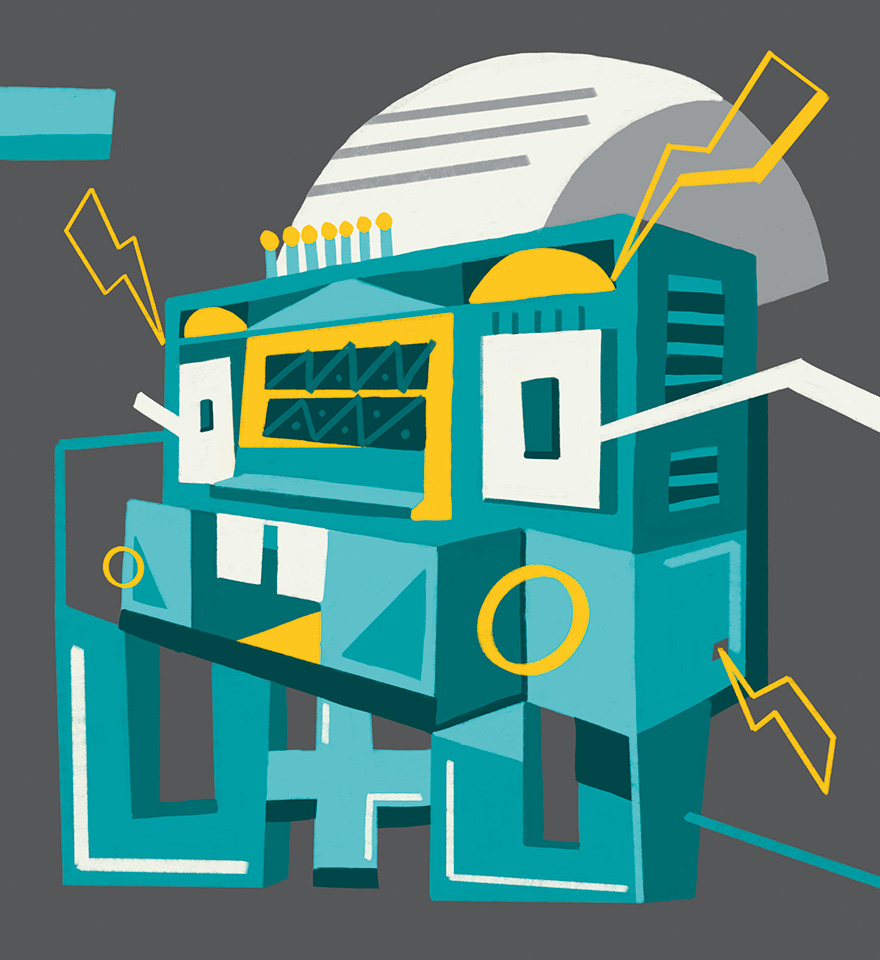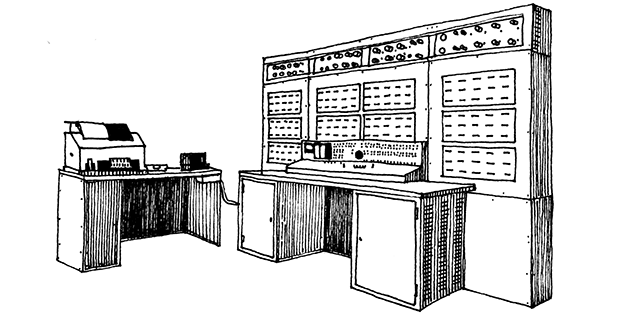BrusentsovNikolay
February 7, 1925, Kamianske, USSR (now Dnipropetrovsk Oblast, Ukraine) —
December 4, 2014, Moscow, Russia
Ternary computer
Any computer, tablet, or smartphone “thinks” using only two options: yes and not. And stores all information in form of 0’s and 1’s. This logic and system are called a binary number system.

We type “Hello” on the keyboard, and the system reads it as
01001000 01100101 01101100 01101100 01101111
But there is a computer that “thinks” not as a machine, but like us, people, using yes/no/maybe options. And to transmit the received data, it no longer uses two digits but three −1, 0, and +1. This logic is called ternary.
The world’s first ternary computer was designed during
At that time, binary electronic calculating machines were already in use, and one of them, the
- small;
- reliable;
- easy to learn and use.
However, the university could not provide money for the research, so the team had to use written-off modules and equipment elements as spare parts. The computer was named “Setun”, after the river that flowed near the University.
It took only ten days (a record short time) to set up the finished system before the first launch. Indeed, the computer was functioning surprisingly well.
Modern computers freeze extremely rarely, but at that time almost half of the time was spent on restarting and configuring. For example, you needed to type several pages of text and it took you an hour. If you have been typing for 36 minutes and have been waiting 24 minutes for the computer to unfreeze or restart, then congrats — you have a fast computer — its performance indicator reaches 60 %! In contrast, the performance indicator of Setun computer averaged
In addition, the computer took up a small area — only

Ternary computer
Due to this, “Setun” was put into mass production at the Kazan Mathematical Machine Factory. “Setun” remains the only mass-produced ternary computer in the world up to nowadays.
The major clients were institutes and universities which ordered the computers to conduct calculations. During
Despite all the advantages, the ternary computer did not become a real competitor to the computers that use binary. But maybe the time has not yet come.